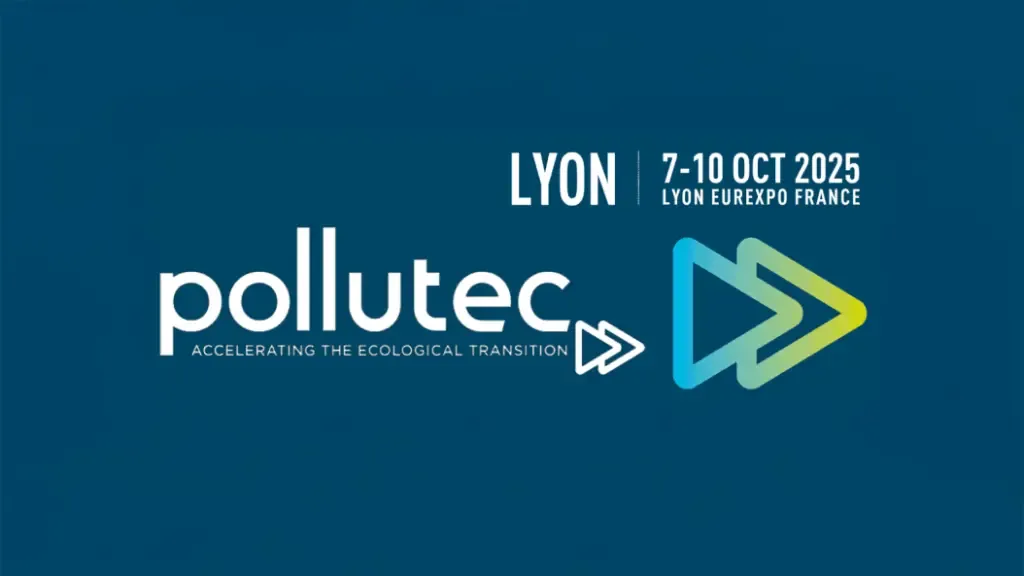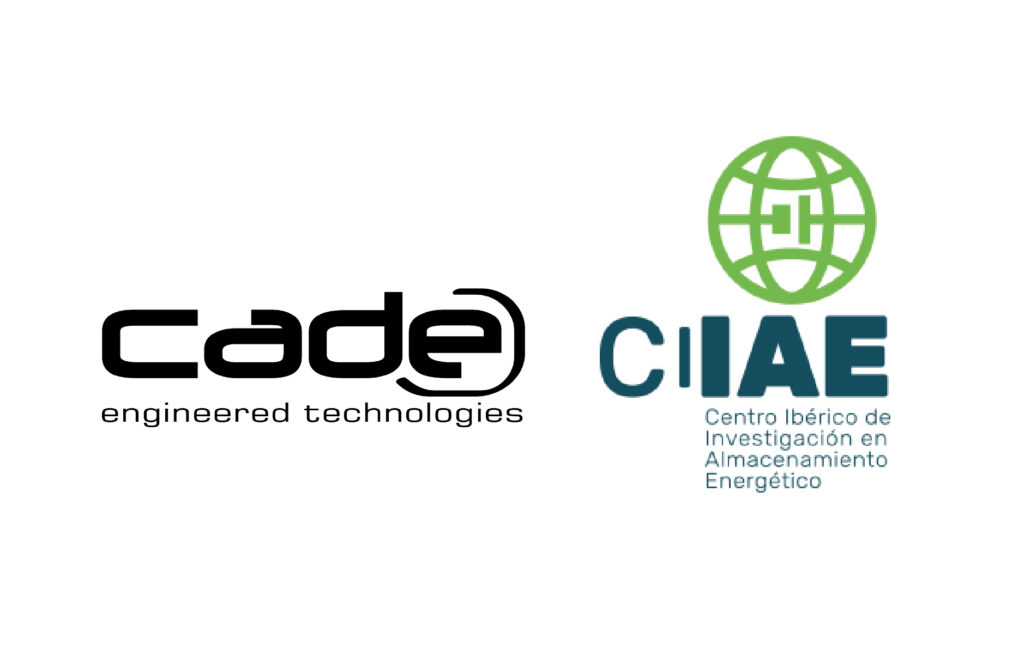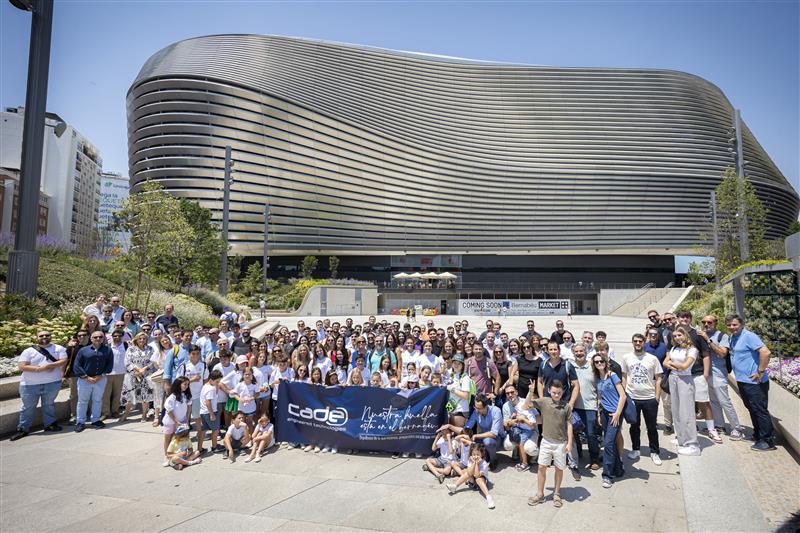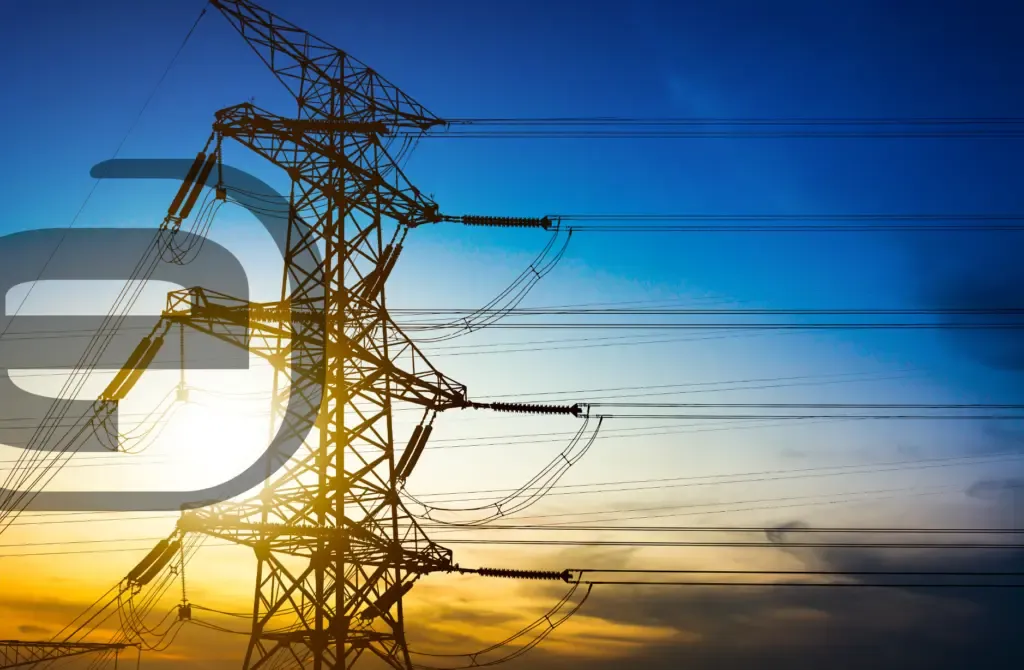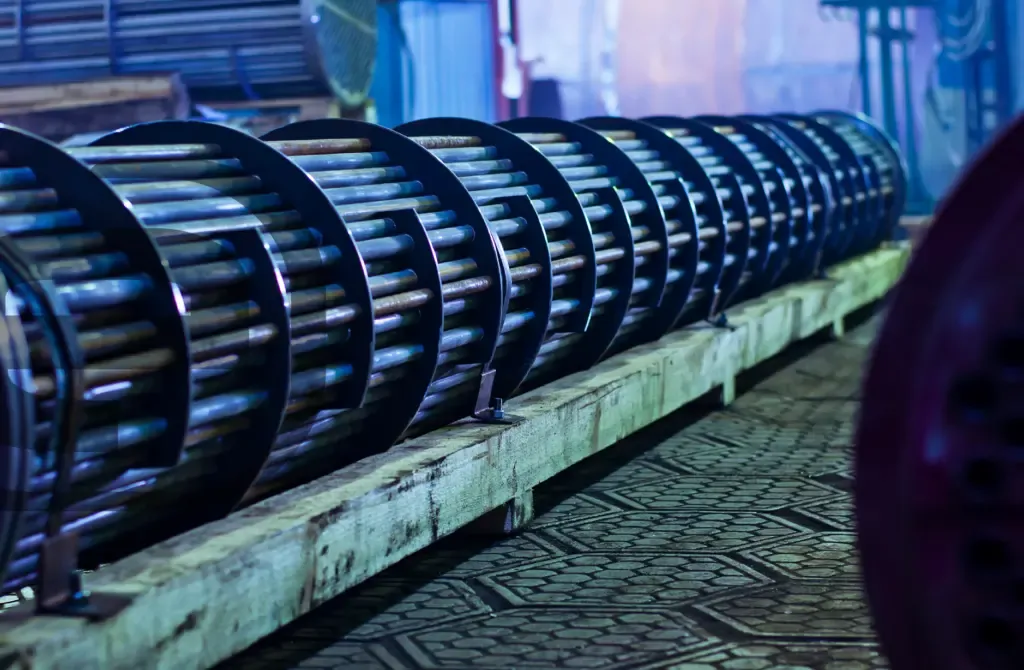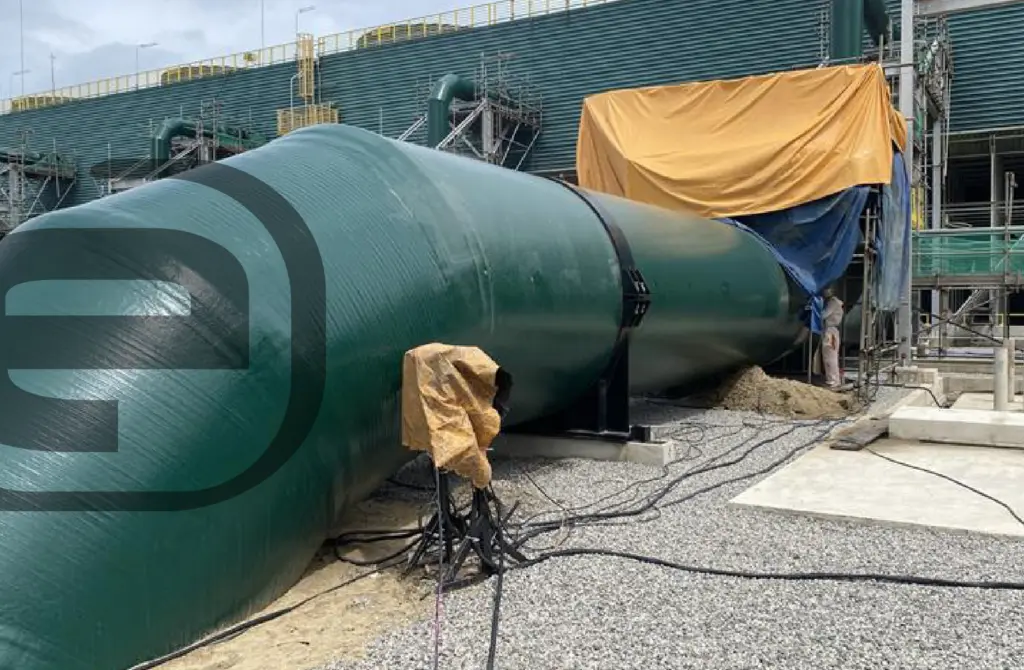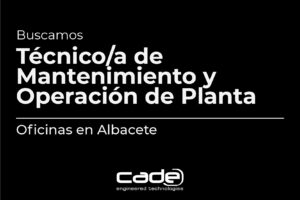Heat exchangers are essential components in industrial processes, ensuring that a plant operates under the desired temperature conditions at all times. These devices enable fluids to be heated or cooled to the appropriate temperature for optimal process performance. An optimized heat transfer equipment design not only guarantees operational efficiency but is also a key factor in reducing energy and operating costs. Additionally, an optimal heat exchanger design ensures process stability by maintaining operating conditions within the desired ranges and reducing maintenance needs by minimizing fouling and wear issues.
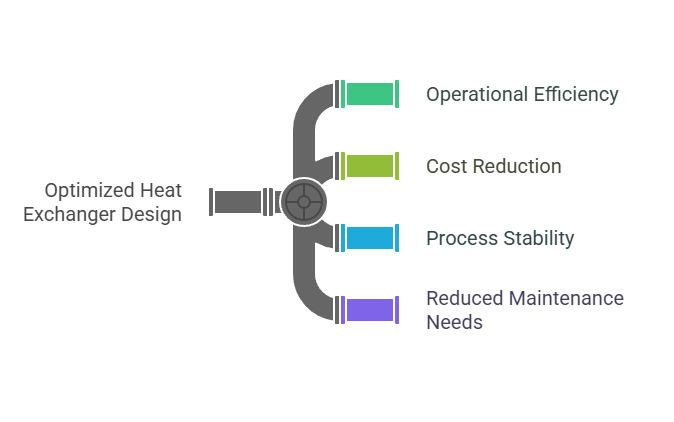
To achieve a good design, it is crucial to conduct a thorough analysis of the process requirements and characteristics. This will help select the most suitable heat exchanger for each application, ensuring optimal performance and energy efficiency. The key design factors are as follows:
1. Evaluation of Design Conditions
The operating conditions of the process are crucial for the heat exchanger design. It is essential to understand factors such as the inlet and outlet temperatures of the fluids, thermal loads, pressure variations, and process stability. The selection of a heat exchanger must ensure that the thermal and operational conditions remain within the desired ranges. Key parameters to consider include the heat transfer coefficient, the heat exchange area, and fouling.
The heat transfer coefficient, U (W/m²·K), is related to the total thermal resistance in the heat exchanger, integrating all resistances present in the system, such as those from the moving fluid (thermal film), the exchanger walls, and deposit or scaling accumulations. A high coefficient indicates efficient heat transfer, which is crucial for system efficiency.
Fouling control is essential, as deposit accumulation increases thermal resistance, reducing the U coefficient and affecting the exchanger’s efficiency.
The heat transfer area in a heat exchanger is determined by the geometric configuration of its components, influencing fluid dynamics, pressure drop, and equipment efficiency. The arrangement of tubes, plates, or fins impacts fluid circulation, optimizing or limiting their contact. A well-designed geometry maximizes the heat transfer surface while minimizing pressure losses, resulting in a more efficient and cost-effective operation.
A higher U coefficient reduces the required heat transfer area, allowing the process requirements to be met using a smaller exchange surface. This optimizes equipment size and reduces costs associated with materials, manufacturing, and installation.
Finally, proper maintenance and preventive design are essential to ensuring optimal performance and extending the heat exchanger’s service life.
2. Fluid Type
Each fluid involved in the process has specific properties such as density, viscosity, and heat capacity, which directly influence the choice of heat exchanger type. Density and viscosity determine the flow and pressure drop within the exchanger, while heat capacity affects the efficiency of thermal transfer. Additionally, fluid corrosiveness or fouling potential must be considered to select appropriate materials and ensure the equipment’s long service life.
3.Heat Exchanger Configuration
The heat exchanger configuration is a critical aspect of thermal system design, as it must adapt to the fluid characteristics and the specific operating conditions of the process. Choosing between different configurations, such as parallel flow, counterflow, or crossflow, significantly impacts thermal efficiency and heat transfer effectiveness.
- Parallel Flow: In this configuration, both fluids move in the same direction. Although it is easy to design, thermal efficiency can be lower since fluid temperatures tend to equalize quickly, limiting heat transfer potential.
- Counterflow: This arrangement allows the fluids to move in opposite directions, maximizing the temperature gradient along the exchanger. This configuration is highly efficient, as it enables more effective heat transfer, allowing fluids to reach temperatures closer to their respective inlet and outlet values.
- Crossflow: In this configuration, one fluid moves perpendicularly to the other. While it offers advantages in terms of compactness and space savings, its heat transfer efficiency may be lower than that of counterflow.
Beyond selecting the type of flow, other design elements must be considered, such as the arrangement, size, and type of tubes. The heat exchange surface must be adequate to maximize the available area for heat transfer, which may involve using tubes of different diameters or special configurations, such as spiral or finned tubes. The arrangement and size of baffles or deflector plates are also crucial. These components not only direct fluid flow but also increase turbulence, enhancing the heat transfer coefficient.
An optimal baffle design can reduce deposit accumulation and fouling, which negatively affect the heat exchanger’s efficiency.
In summary, an effectively designed heat exchanger configuration not only maximizes heat transfer and thermal performance but also ensures superior operational efficiency, contributing to a more reliable and sustainable thermal system.
4. Selection of Suitable Materials
Materials should be chosen based on properties that enhance heat transfer while resisting corrosion and wear, ensuring durable performance even under extreme conditions. Depending on the fluid and operating conditions, materials such as carbon steel, stainless steel, or special alloys may be used.
5.Equipment Sizing
Proper heat exchanger sizing is fundamental to ensuring efficient operation within established operational limits. This process involves calculating the required heat transfer surface, considering the temperature difference between fluids and the amount of heat to be transferred. Additionally, other factors must be considered, such as flow velocity, allowable pressure drop, fouling tendencies, cleaning method, and space constraints.
Sizing must also ensure that the exchanger can handle thermal load variations, adapting to changing operating conditions without compromising performance.
6. Pressure Losses and Hydraulic Efficiency
Controlling pressure drop is crucial in heat exchanger design. Excessive pressure drop can reduce system efficiency by increasing the workload on pumps and auxiliary equipment, thereby raising energy consumption. It is essential to optimize the arrangement and size of heat exchangers to minimize flow resistance without sacrificing heat transfer performance.
7. Maintenance Considerations
Heat exchanger design should take into account ease of maintenance and accessibility for cleaning, inspection, and repairs. These devices are often exposed to fouling, scaling, or corrosion, which can reduce thermal transfer efficiency. To facilitate maintenance, it is important to ensure that the units are easily accessible, with designs that allow for simple cleaning and quick replacement of components when needed.
8. Compliance with Regulations and Quality Standards
Compliance with international standards such as ASME or TEMA ensures that the heat exchanger design meets stringent criteria for thermal efficiency, heat exchange area, and heat transfer coefficient. These standards also require equipment evaluation in terms of safety, energy efficiency, and operational reliability, guaranteeing optimal performance under real working conditions.
Conclusions
The design of an optimized heat exchanger requires a detailed analysis of various operational and technical variables. The correct evaluation of operating conditions, material selection, precise sizing, pressure drop management, and thermal expansion considerations are some of the key factors in ensuring optimal performance. With a proper design, a heat exchanger will significantly contribute to energy efficiency and the reduction of operating costs, making it a fundamental component for the success of any industrial process.
Engineering Services for Specialized Heat Exchanger Design
At CADE, we are a highly specialized engineering company in the design and calculation of heat exchangers. Our designs are tailored to the specific needs of each client. From the initial visualization phase to post-sales support, our team of engineers works collaboratively with clients to ensure that their thermal systems are not only efficient but also cost-effective and sustainable.
With extensive experience across various industrial sectors, we serve end-users, engineering firms, and manufacturers, allowing us to offer efficient, reliable, and customized solutions for each application.
The selection of the appropriate type of heat exchanger is a critical process that requires a detailed analysis of process requirements, backed by the specialized knowledge of our team. By integrating simulation and validation into every project, we optimize designs before implementation, ensuring efficiency and long-term profitability.
At CADE, we ensure optimal performance and effective solutions for our clients, contributing to the success of their projects and the sustainability of their operations.

